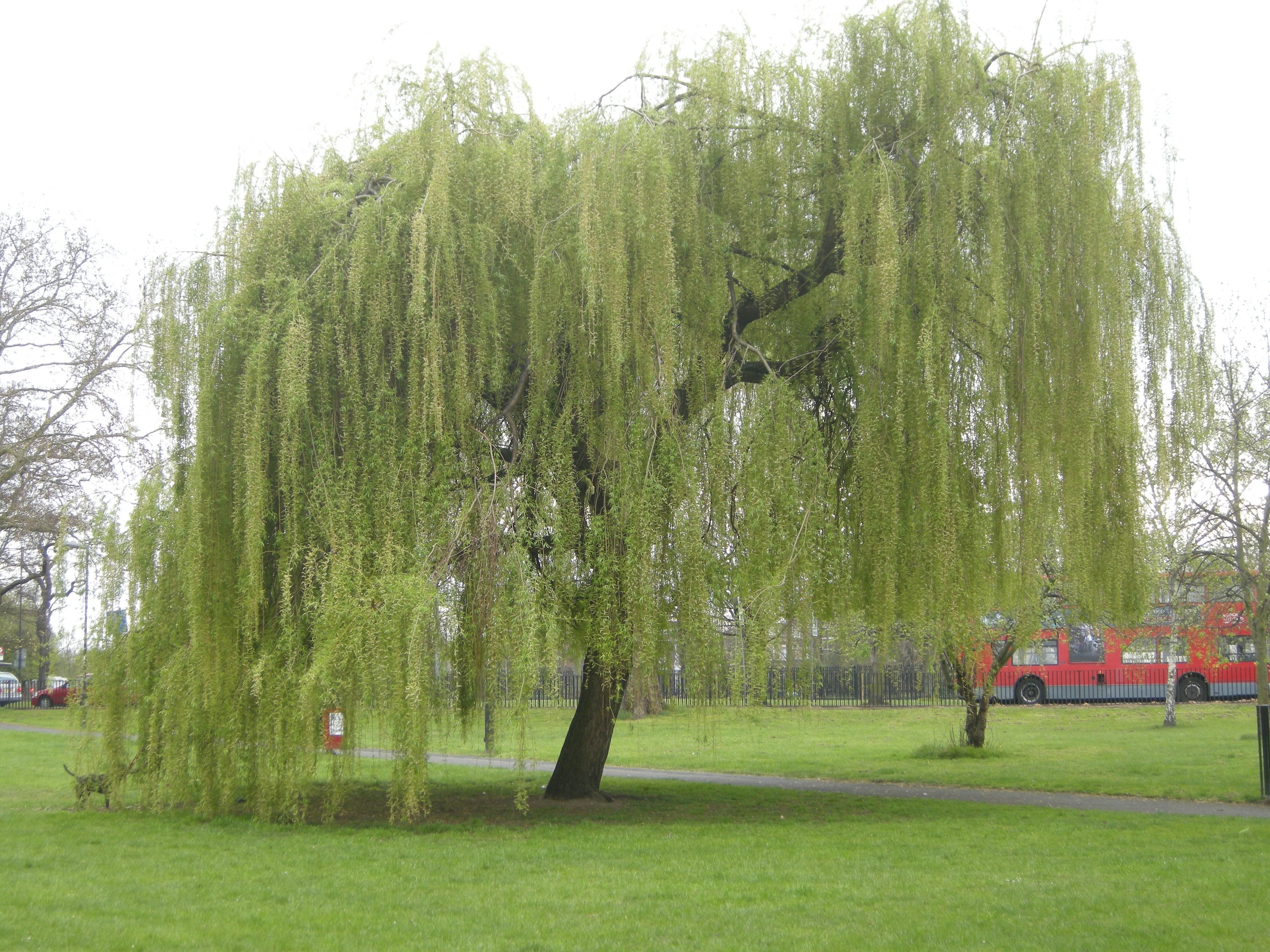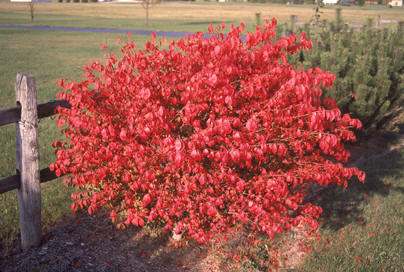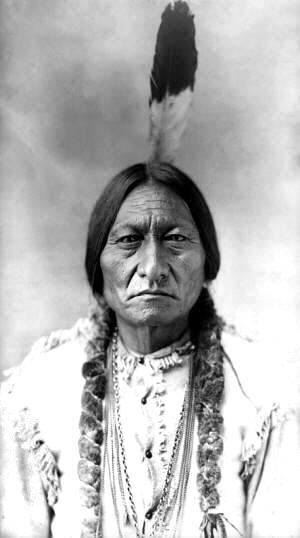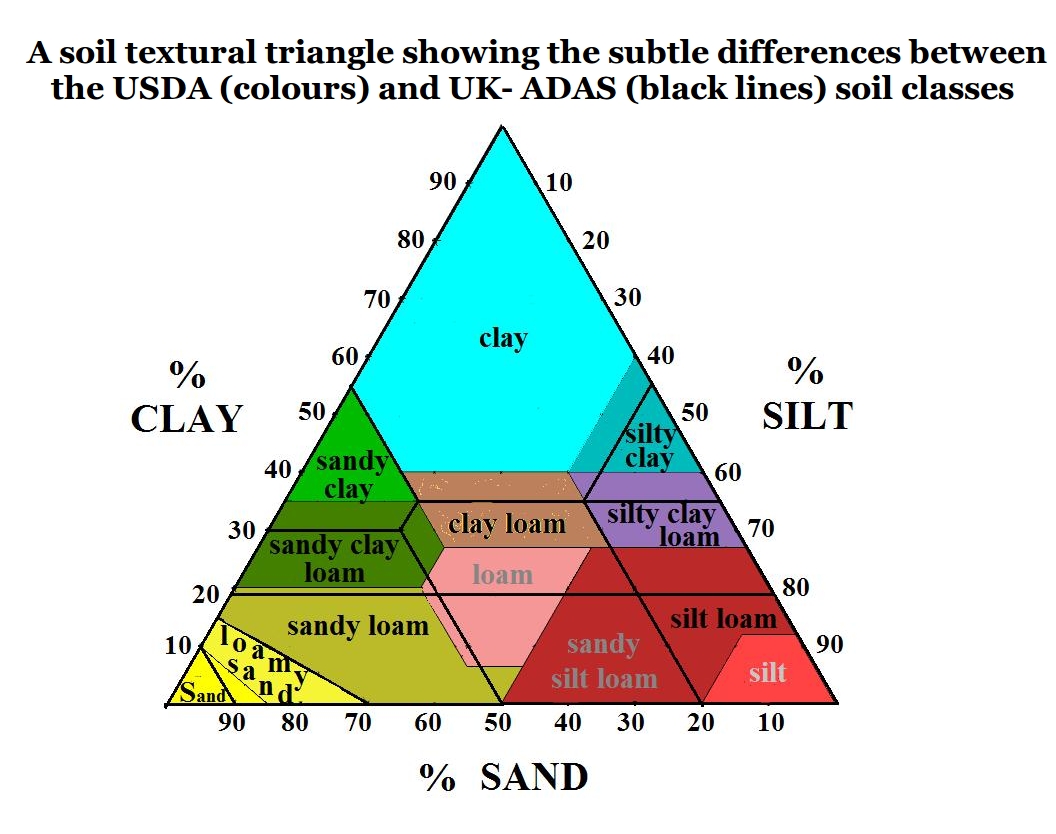Below is a picture of a recently deceased tree. It was cut so the tree rings are fairly visible. After meticulously counting, I found there to be about 66 rings, which would account for 66 years of life. The outer layer of bark does not count for a tree ring. I have dotted the tree in several places and connected them with significant dates in history in the last 66 years.
red 2004- start of google
black 1992- year I was born
Green 1991- fall of soviet union
Pink 1972- water gate scandal
blue- MLK assasination
Thursday, April 24, 2014
Traffic Study
At 2:50 pm in Mercer village I sat down to gather data for a traffic study on Thursday. There was a fairly steady flow of traffic which was occasionally difficult to keep up with. The vehicle type, amount of passengers, and amount of divers distracted by their cell phones were recorded. The sampling lasted for only eight and a half minutes (mainly because I was running out of room for certain spots on my data sheet). The data is presented below.
Trees and bushes
One common tree in Macon Georgia is the cherry blossom. Macon is famous for its high population of Cherry blossom. It is rare in just about any other area in the United States. It's scientific name is Prunus yedoensis.
A common evergreen in the area is the lobolly pine. Its scientific name it the Pinus taeda. They are commonly found in the south east region of the USA. They are referred to as a type of yellow pine.
A common evergreen in the area is the lobolly pine. Its scientific name it the Pinus taeda. They are commonly found in the south east region of the USA. They are referred to as a type of yellow pine.
Another common tree is the weeping willow. Its scientific name Salix babylonica and originated in northern China, but now it planted all around the world.
A shrub commonly used for decoration with red leaves is the burning bush. Its scientific name is Euonomus atlata. It comes from Eastern Asia and is considered an invasive species in some regions of the northeastern united states.
The last shrub we will discuss is the crepe myrtle. It is another decorative shrub in our region. It native to East Asia and Australia. Its scientific name is lagerstoemia.

Mitochondrial Eve
Mitochondrial Eve is the first mother of the modern human species. All humans can trace there descent back to her through a long lineage that eventually traces back to a region in African where it is thought that man kind got there start. Below is a map with the approximate dates and locations of mankind as we spread through out the contents. All mitochondrial DNA can be traced back to mitochondrial eve in Africa approximately 120,000 years ago.
From mitochondrial eve there all all the different descents that we see today. Some examples are discussed below.
Above is a picture of a man of Chinese descent. It is believed that humans reached eastern Asia 40 to 50 thousand years ago.
Above is a picture of Gandhi. He is of Indian descent. it is believed humans moved into this region 55 to 75 thousand years ago.
Above is a picture of a native american. It is believed humans moved into this region 15 to 35 thousand years ago.
Above is a picture of a man of African descent. It is believed humans began in this region 120 to 150 thousand years ago.
Above is a picture of a man of European descent. It is believed humans moved into this region 35 to 50 thousand years ago.
Monday, March 31, 2014
Topographic map on google earth
I chose to do a topographic map of stone mountain. I opened google maps and searched the area. Then I selected the add path option and clicked carefully for each path at an elevation. I made paths from 900 ft to 1400 ft. Different colors were utilized to differentiate between the elevations. Here is my topographic map!
Maps and Cartography
There are 4 types of maps I am going to discuss: chloropleths, dot density maps, proportional symbol maps, and isarithmic maps. Each type of may displays information in a different way.
Here is an example of a chloropleth. Chloropleths give different regions a color thats affiliated with some type of data. one of the most common examples of this is showing which states voted for a certain presidential candidate during the election.
Here is an example of a chloropleth. Chloropleths give different regions a color thats affiliated with some type of data. one of the most common examples of this is showing which states voted for a certain presidential candidate during the election.
A dot density map is exactly what it sounds like. A dot is placed on the map for each incident for some type of data. A common example is a population dot density map, where each dot represents an allotted number of people.
Proportional symbol maps provide an visual representation of the magnitude of a statistic for a region. The larger the symbol, the larger the number.
Lastly, an isarithmic map shows how a certain type of data varies over a region. It is displayed by change in color and its shape is not limited by the political lines drawn on maps.
Saturday, March 15, 2014
Geology
There are 3 types of rock: igneous, metamorphic and sedimentary. Igneous rocks are formed from volcanic activity. Metamorphic rocks are formed from high heat and pressure when deep in the earth's crust. Lastly, sedimentary rocks are formed from layers of soil piling up and compressing. that These comprise all the rocks we see on a daily basis. An example of each will be discussed below.
Type: igneous
name: obsidian
Description: a glass like igneous rock that is high in silica content. It is a very dark black color and is produced from felsic lava.
Type: metamorphic
name: phyllite
description: produced from slate that is further pressurized and heated. the main components are quartz, chlorite, and sericite mica. It is a fairly foliated rock.
Type: sedimentary
name: sandstone
description: typically composed of quartz and/or feldspar. A very grainy rock due it composition of compressed sand. colors vary depending on the type of sand the rock is made from.
All the information provided above was gathered from wikipedia.
http://en.wikipedia.org/wiki/Obsidian
http://en.wikipedia.org/wiki/Phyllite
http://en.wikipedia.org/wiki/Sandstone
Another topic to be discussed is the variation in soil through out the world. the type of soil in an area can usually be affiliated with the typical weather pattern for the area. There are 12 different soil orders that are labeled through out the Earth. These soil types are determined by the amount of composition of sand, clay, and silt in the soil. Varying the amounts of each produce different typers of soil. for the visual heuristic involved and in-depth analysis of the soil types, refer to the picture and link below.
Soil Orders:
http://www.nrcs.usda.gov/wps/portal/nrcs/detail/soils/edu/?cid=nrcs142p2_053588
soil triangle
Sunflower
The sunflower did sprout when I planted it two days after the class the seeds were handed out. The plant has steadily grown since and has not wilted significantly once(so far).
Here is the first picture taken on February 18. This is right after the plant had sprouted.
This was taken 2 days later on February 20th. The plant was 2.5 inches tall. From this point on the plant was constantly rotated to avoid bending too much to one side, since it grew towards the sunlight like all plants do.
Here is the most recent picture. a pin had to be placed in the soil so it would grow up rather than out. It is about a foot tall now and has survived spring break with out me.
Homemade barometer
This lab used household items to create a barometer. The
homemade barometer consisted of the following materials: a balloon, a small
glass bowl, a small piece of tape and a straw. The balloon was cut in half ant
stretched over the top of the bowl. Then the straw is taped in the center of
the balloon membrane. Periodically the height of the tip of the straw was
measured and recorded with the affiliated pressure published by the weather
channel.
The barometer was very simple to construct, even though
stretching the balloon was rather annoying. The calibration process required
the use of excel to calculate a trend line. This lab showed how easy it is to
make a homemade barometer, and showed what steps were necessary to calibrate
it. Plotting the data gave me with a better understanding of excel and how to
properly format the tables and graphs. The additional exposure to excel should
help me present technical findings in a more professional manner.
Monday, February 17, 2014
Wind rose plots for Atlanta airport
Here are the airport's wind rose plots from 1992 for the four seasons. The plots show which way the wind is going, not where the winds are coming from. One of the major concerns in Macon is air pollution. While Macon produces pollution on its own, part of the pollution seen in our area is pushed down from Atlanta. As you can clearly see in the spring wind rose plot, air movement can tend heavily south, which would move Atlanta's heavy air pollution into the Macon area. The wind rose plots vary drastically from season to season and show how the seasons influence weather patterns.
Sunday, February 9, 2014
Sun Position and Seasonality
During the winter seasons, the sun resides in the southern portion of the sky for the entire day. This is due to Earth's tilt. So even at noon, the sun is not 90 degrees from the horizon. The highest number I recorded was at 1:00 pm, with an angle of 39 degrees from the horizon. Between the shortened daylight hours and lack of direct sunlight, the average temperature plummets for the months of winter. Eventually Earth will reorient itself with the sun to provide the northern hemisphere with some more spring and summer sunshine to warm back up our region.
|
Time
|
Horizontal angle
|
Vertical angle
|
|
9 am
|
325
|
15
|
|
11 am
|
310
|
32
|
|
1 pm
|
280
|
39
|
|
3 pm
|
250
|
30
|
|
4 pm
|
230
|
23
|
Wednesday, January 15, 2014
Willet Science Center Parking Lot and Rain Accumulation
When dealing with large surfaces that are impervious to water, it is important to consider the effects of a large rainstorm in a relatively short time. If the parking lot is not set up to drain properly or has lots of irregularities in the surface, there will be large pools of water. These reservoirs of water can range from being a slight nuisance on the way to your car to rendering a lot useless. Drainage systems are usually setup to avoid problems. I have seen water pouring out the entry roadway to the lot several times while heading to class on particularly rainy days. Wide but shallow puddles do develop in the middle, but none the hinder the function of the parking or or impede Mercerians from getting to their cars. Infrastructure must be set up that can handle the flow rate from the large surface. I am guessing that this lot can dump out several hundred gallons per minute when absolutely necessary.
First Blog: John Muir
So this is my first blog, and I am a junior mechanical engineering student... So this is a bit of stretch for me. But I can guarantee this will be much more enjoyable than a heat transfer homework assignment for as much as that is worth. So hopefully you like hearing an engineer try to blog.
Since I am starting my first environmental science class, I thought it would be appropriate to blog about the earliest person in the environmental movement on the list, John Muir. Credited with starting the United States national park program, John Muir was an incredibly influential figure in the late 1800's and early 1900's. He was born in Scotland and had a reputation for getting into trouble apparently. His family immigrated to America and he attended the University of Wisconsin-Madison. After a work experience that almost left him blinded, Muir headed out to nature to follow his passion that he discovered during his studies in college.
 John become quite the environmental advocate once he entered the field. He walked from Indiana to Florida and visited Cuba to explore nature. These are minor events compared to what happened after he headed out west. After seeing the beauty of Yosemite, Muir convinced a man of political influence to preserve the area as a national park to protect it permanently. He co-founded the Sierra club, which is still active in wildlife preservation today. He opposed a major dam for years that was eventually built by San Francisco. From what I gathered from the web page I read about John Muir, he really got America to start thinking about trying to save some of the country's natural beauty. This would be a difficult task in the midst of a rapidly developing nation during or right after the industrial revolution. His passion allowed him to see what other people destroyed in order to achieve "progress". I am certain many viewed him as a crazy environmentalist who was just standing in the way of things that needed to be done, but society needs people like this to hold onto natural beauty. Hopefully when I get angry with one of these people in the future for impeding my "progress" as an engineer, I can remember to come back to read this blog... Thank you John Muir.
John become quite the environmental advocate once he entered the field. He walked from Indiana to Florida and visited Cuba to explore nature. These are minor events compared to what happened after he headed out west. After seeing the beauty of Yosemite, Muir convinced a man of political influence to preserve the area as a national park to protect it permanently. He co-founded the Sierra club, which is still active in wildlife preservation today. He opposed a major dam for years that was eventually built by San Francisco. From what I gathered from the web page I read about John Muir, he really got America to start thinking about trying to save some of the country's natural beauty. This would be a difficult task in the midst of a rapidly developing nation during or right after the industrial revolution. His passion allowed him to see what other people destroyed in order to achieve "progress". I am certain many viewed him as a crazy environmentalist who was just standing in the way of things that needed to be done, but society needs people like this to hold onto natural beauty. Hopefully when I get angry with one of these people in the future for impeding my "progress" as an engineer, I can remember to come back to read this blog... Thank you John Muir.
Subscribe to:
Posts (Atom)































